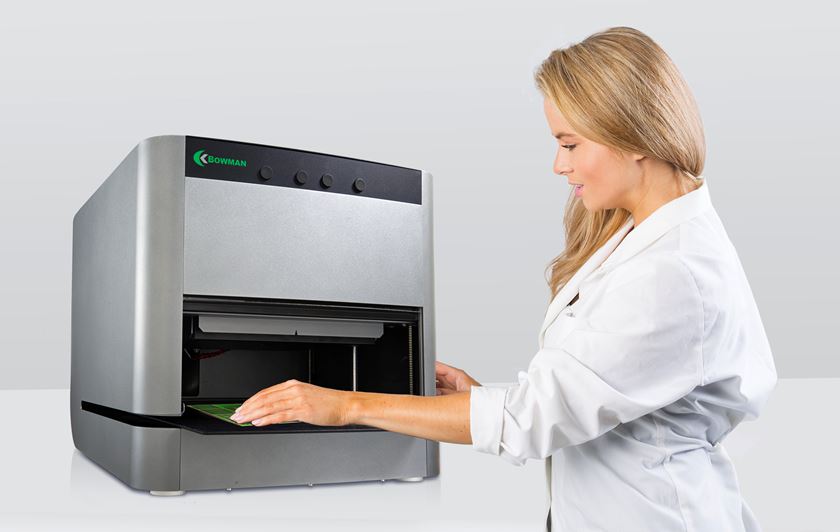Zinc-Rich Powder as a Basecoat on Aluminum
Question: We are working with the Air Force on integrating powder coatings in their support equipment painting process lines.
Question:
We are working with the Air Force on integrating powder coatings in their support equipment painting process lines. Some initial panel testing is required by the government. Most of the panels are carbon steel, and the environmental folks are against any phosphate pretreatment (zinc or iron). There are several zinc-rich epoxy powders that we had tested a few years ago with good results when topcoated with a TGIC polyester or epoxy powder coating. So, we recommended that if they are hard set against the phosphating pretreatments to at least use the zinc-rich powder coatings as a basecoat with an appropriate topcoat. We have one faction that wants to apply the zinc-rich powder as a basecoat on aluminum 2024, 6065 and 7075 alloys. Our position is while the aluminum is fairly corrosion resistant you wouldn't want to set up the potential for galvanic (dissimilar metals) corrosion by putting the zinc in contact with the aluminum. Do you know of any advantage that may be derived from putting zinc powder as a basecoat on aluminum? What is your opinion on using the zinc-rich powder coating on aluminum? M.S.
Answer:
It seems that politics are everywhere these days. You have differing opinions in a government run program. This has all the makings of a real scandal or possibly an opportunity for a recount. Maybe we should call CNN!
Featured Content
Politics aside, there are several items in your question that are intriguing. First, the "environmental folks" don't want to use iron phosphates because some jurisdictions frown on their use. But, these same people will allow zinc-rich powder coating primers to be used freely. Iron phosphate (classified as non-hazardous waste) can be diluted or deflocculated easily before dumping the wastewater to drain, but the zinc-rich powder primer is classified hazardous waste and must be delivered to a special landfill with appropriate paperwork and cradle-to-grave liability. Sounds like another government solution (like "trickle down economics") that is based upon convoluted logic.
Secondly, the zinc-rich primer works on mild steel because of the same dissimilar metal reaction that has you concerned if you coat over aluminum. The position the dissimilar metals are on the galvanic scale determines which metal is "sacrificed" to the corrosion. In this case zinc is "sacrificed" over the steel, therefore, the steel is left corrosion free as long as the zinc is still present. My engineering handbooks are currently in storage, so I'm not sure where aluminum places on the galvanic scale in comparison to zinc. But, if you check it that will give you the answer you need. What you don't want is the aluminum to be "sacrificed" over the zinc. Personally, I don't think that the zinc-rich primer will significantly improve the corrosion resistance of the aluminum. Coating some test panels with the subject materials and running salt spray testing will give you the answer you need. This way we don't have to depend upon theory alone to guide us through this problem.
RELATED CONTENT
-
Developments and Trends in Powder Coating
New solutions for powder coating centers combine powder preparation, conveyance, dosing and color changes into a fully automated, closed system.
-
Masking for Surface Finishing
Masking is employed in most any metal finishing operation where only a specifically defined area of the surface of a part must be exposed to a process. Conversely, masking may be employed on a surface where treatment is either not required or must be avoided. This article covers the many aspects of masking for metal finishing, including applications, methods and the various types of masking employed.
-
Touch-up Options for Powder Coated Parts
Is it true that powder coating cannot be touched up? Powder coating expert Rodger Talbert offers options for powder coating touch-ups.


















